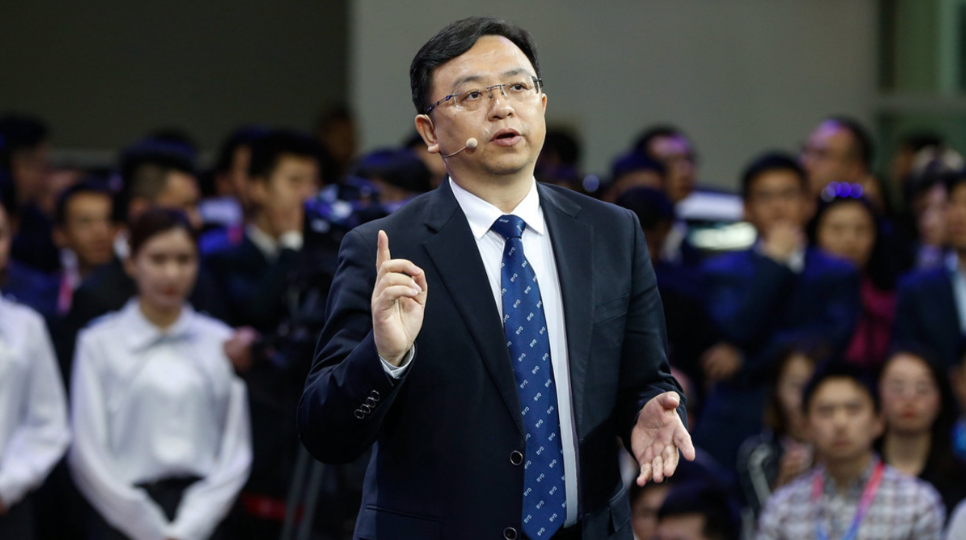Author | Qiu Kaijun
In the middle of this year, the president of a certain automaker sparked controversy when she mentioned BYD in an interview.
She said: “BYD’s momentum and stock price are very good. Actually, I think their strategic design for the capital market is for financing. The products can not make money, and there can be no profit, right?”
On October 28th, BYD released its third quarter report. In the first three quarters, BYD’s net profit attributable to shareholders was about 9.311 billion yuan, a year-on-year increase of 281.13%. BYD’s level of profitability exceeds that of the most profitable independent brand, Great Wall Motors, which released its third-quarter report at almost the same time with a net profit attributable to shareholders of 8.16 billion yuan.
The logic of “not making money” doesn’t need to be evaluated again, the fact is already in front of us. So, is this president’s evaluation of BYD’s strategy correct?
Let’s take a look at how the “capital market” makes investment decisions and refer to Warren Buffett’s views who has invested heavily in BYD. Buffett wrote a book called “The Snowball,” which introduces his investment philosophy. The meaning is that financial investment is like rolling a snowball. To make the snowball roll fast and big, there are two conditions: a long slope-long industry cycle, and thick snow- enterprises in this industry must have competitiveness and can earn profits.
In contrast to Buffett’s investment philosophy, BYD’s strategy is clear: anticipate that new energy vehicles will have long-term and rich returns, make early investments in technology and industry, provide products and services at the appropriate time, and enjoy long-term technological dividends.
Looking back at BYD’s history, isn’t this the case?
Climbing the “Slope” 20 Years Ahead of Time
Many automakers have reserved new energy vehicle technology, but the earliest and most focused company on new energy in China is BYD.
Looking at BYD rapidly rolling forward on the new energy automotive slope, getting bigger and bigger, it’s also worth noting that about 20 years ago, BYD began to climb the new energy vehicle slope, which was a difficult climb.In 2003, Wang Chuanfu, the battery king, finally realized his another dream—car making. BYD entered the auto industry by acquiring Xi’an Qin Cheng Automobile.
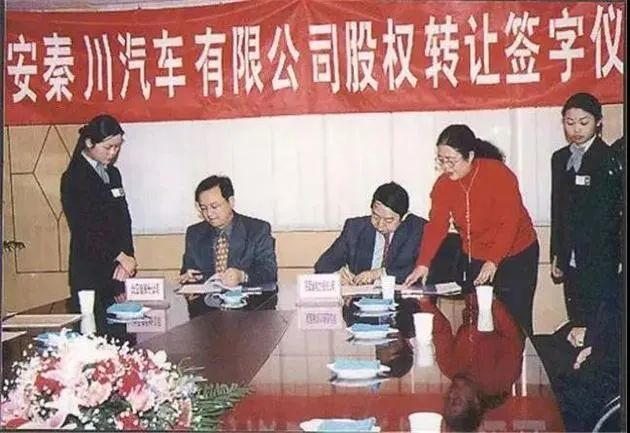
Wang Chuanfu originally intended to make electric cars. In a hurry, in the second year of the Beijing Auto Show, BYD launched the pure electric concept car ET, marking the first appearance of new energy vehicles at an international car show in China.
But Wang Chuanfu was not impulsive. The rationality of the engineers told him that the time had not yet come.
BYD still made fuel-powered cars first. It took 4 more years for the first new energy vehicle sold to come, and it was a plug-in hybrid. In 2008, the BYD F3DM was officially launched, which was the world’s first mass-produced plug-in hybrid new energy vehicle.
Thus, BYD’s new energy vehicle road began. However, Wang Chuanfu was still not radical, pushing for popularization of new energy vehicles in a planned and step-by-step way.
He had long estimated the timetable for the electrification of various types of cars: the first step was to achieve the full electrification of buses and taxis, with urban buses expected to achieve it around 2022. The second step was to achieve the full electrification of trucks in city logistics, environmental sanitation, and waste disposal fields by 2025. Finally, due to different factors such as purchase cost, infrastructure, consumption concepts, and acceptance levels in different regions, private cars were expected to achieve full electrification around 2030.
Therefore, in the initial stage of BYD’s new energy vehicle marketization, in the private consumption field, plug-in hybrid is promoted first. In the public field, pure electric vehicle models such as the e6 taxi and K9 bus are promoted first.
As the country continues to promote new energy vehicles, battery performance improves and costs decrease, and charging infrastructure becomes ready. New emerging brands such as Tesla promote new energy vehicles to gradually be accepted by consumers. Especially after 2020, despite entering the post-subsidy era, private consumption of new energy vehicles continues to soar. In 2021, China’s new energy vehicle sales reached a record high of 3.52 million units.
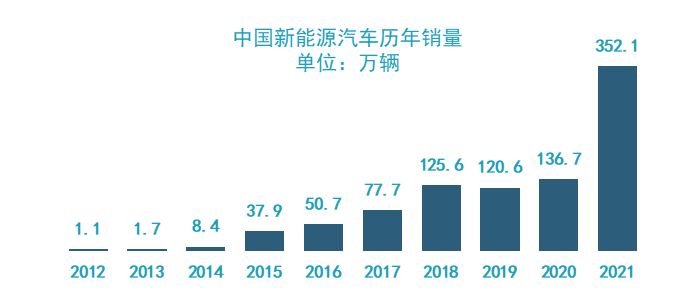
The turning point for the large-scale popularization of new energy vehicles has finally arrived.
BYD naturally became the earliest beneficiary of the new energy vehicle raceway.
Technology + Scale = A “Thick Layer of Snow”
In the past two years, as subsidies have almost ended, many people are concerned that new energy vehicles will experience a retreat. As a leader, BYD is also the first to ease the momentum.
Unexpectedly, BYD opened the treasure chest of hardcore technology just as the post-subsidy era began.
DM-i super hybrid technology, e-platform 3.0, blade battery, CTB, iTAC, EHS hybrid system, 1.5L/1.5T plug-in hybrid dedicated high-efficiency engine, IGBT4.0 chip… Each technology was showcased at BYD’s launch events, attracting industry attention. It also made people realize that BYD’s new energy technology is indeed strong.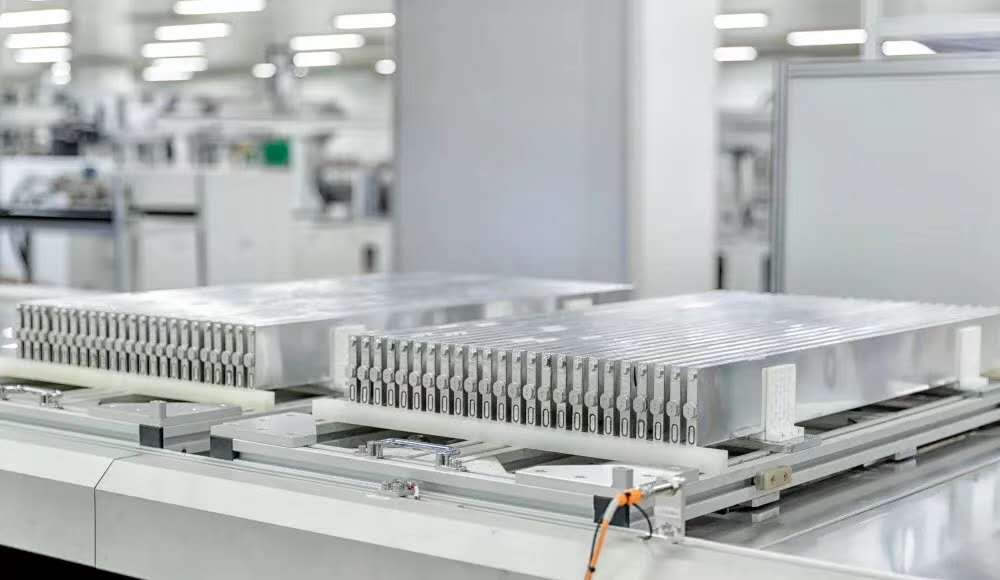
However, in the early stage of technology application, high costs are always faced. Although the technology is good, the high price of the car makes it difficult to sell.
To maintain profits, prices have to be set high, but this will hinder the rapid popularization of new energy vehicles. What can BYD do?
On June 8, 2022, Wang Chuanfu’s words expressed his attitude.
This day is the BYD 2021 Annual Shareholders’ Meeting, which has the largest number of registered participants in recent years. Facing more than 100 investors, Wang Chuanfu said that the process of electrification is accelerating. At this time, whoever has more resources, a more complete supply chain, and stronger product advantages will win a larger market share. It’s not about big fish eating small fish anymore, but fast fish eating slow fish. Only by being fast can you overtake others.
The so-called “fast fish eating slow fish” means sacrificing short-term benefits, quickly occupying the market and consumers’ minds, and making consumers think of BYD when they think of new energy vehicles.
This can explain why even in the year of BYD’s new round of technology release in 2021, its revenue increased but its net profit attributable to shareholders of listed companies decreased, with revenue of RMB 216.1 billion, a year-on-year increase of 38.02%, and a net profit of RMB 3.045 billion, a year-on-year decrease of 28.08%.
It was in this year that BYD took big strides in research and development and production capacity, preparing for rapid scaling in 2022 and beyond.In March 2022, BYD announced the cessation of manufacturing of fossil fuel vehicles, and fully committed to pure electric and plug-in hybrid electric vehicle business. Since then, BYD’s sales have rocketed: from March to June, monthly sales exceeded 100,000 units, with 160,000 units sold in July, 170,000 units in August, 201,300 units in September, and 217,800 units in October. According to China Passenger Car Association (CPCA) statistics, BYD’s sales in October surpassed the total sales of the second to the fifth companies combined.
BYD’s new energy vehicle models not only rank high on the new energy list, but are also beginning to dominate the overall auto rankings. In September, BYD topped the list of the best-selling passenger car brands in China, leaving many competitors far behind.
During this period, BYD’s profits, which were not particularly pursued previously, naturally emerged and continued to grow: the net profits were 808 million yuan in the first quarter, 2.79 billion yuan in the second quarter, 5.716 billion yuan in the third quarter, and expected to exceed 15 billion yuan for the whole year.
“Thick snow”, meaning abundant returns, is not always an entrepreneur’s initial goal, but it won’t disappoint the correct corporate decisions and execution. Sooner or later, it will come.
Aligning with Carbon Reduction goals, Upholding Sustainable Development
Returning to the topic of strategy. Commercial strategy naturally has its commercial purposes, but for respected enterprises, there are values beyond strategy.
When Wang Chuanfu first set his ambition to produce electric vehicles, he did so from the perspectives of energy conservation, emission reduction, and sustainable development. Therefore, Wang Chuanfu was able to stand out among many entrepreneurs as he foresaw the grander vision of the development of new energy vehicles. And if he had put too much emphasis on short-term commercial returns, he would have closed his eyes to this trend.
BYD has gone from being alone in the new energy vehicle race, to having a large number of peers, precisely because it aligns with the idea of energy conservation, emission reduction, sustainable development and the current “dual carbon goals” in China.Wang Chuanfu and BYD are advocates and practitioners of the concept of sustainable development during the R&D and production of new energy vehicles, setting goals and self-discipline.
In 2014, Wang Chuanfu spoke at the United Nations Climate Summit, calling for electric vehicles to be introduced into a wider range of urban transportation sectors in order to mitigate the impact of climate change.
In 2016, at the C40 Mayors Summit in Mexico, BYD issued the initiative “Cool the Earth by 1℃,” which has since become BYD’s corporate vision and guides its operations.
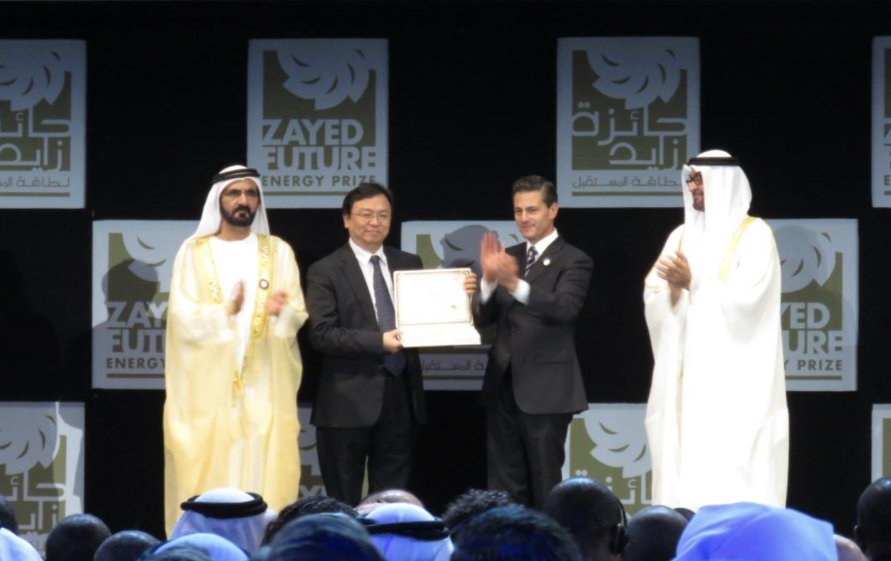
Following the concept of sustainable development does not just mean producing new energy vehicles, but also trying to use as little energy as possible, emit as little as possible, or even not emitting at all. As a result, the cost to enterprises will increase.
However, BYD insists on taking the lead in sustainable production as well. At the 2021 China International Import Expo, BYD announced that it had been awarded the first SGS Carbon Neutral Commitment Declaration Certificate in China. This marks the recognition by an international authoritative organization of BYD Industrial Park’s efforts in carbon neutrality in 2021. BYD also announced plans to create China’s first zero-carbon park headquarters.
In November 2021, at the COP26 Climate Summit, BYD and six other global automakers pledged to gradually stop producing fossil fuel vehicles worldwide by 2040 to alleviate global warming. In less than four months, BYD fulfilled its commitment.
Thus, we can summarize the strategies of Wang Chuanfu and BYD. Wang Chuanfu, who believes in using technology to change the world, focuses on technology that is beneficial to sustainable development of the world, that is, new energy vehicle technology. In practice, BYD has accumulated long-term and substantial technology dividends through cultivating new energy vehicle technology.In short, the enterprise fulfilling social needs will also receive rich rewards —— that is BYD’s strategy.
This article is a translation by ChatGPT of a Chinese report from 42HOW. If you have any questions about it, please email bd@42how.com.
